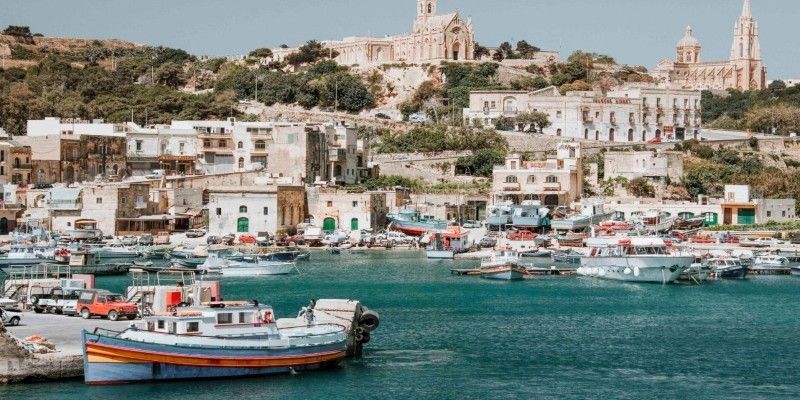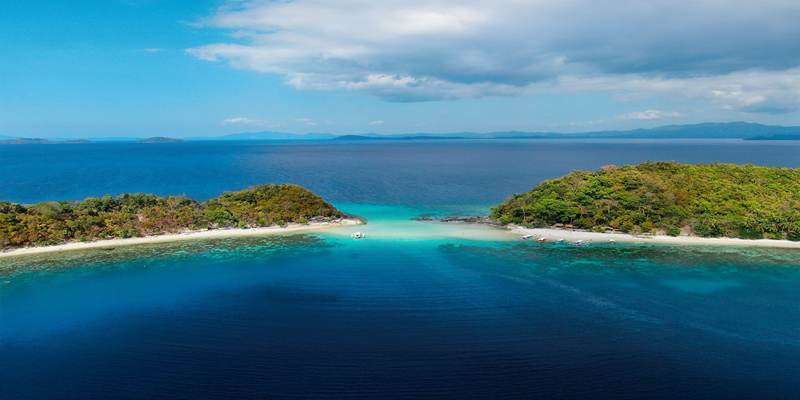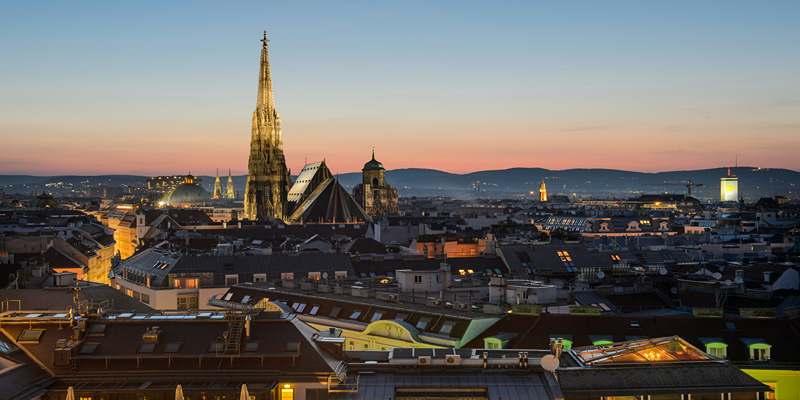Malta on a Budget: What You Need to Know About Costs
Is Malta expensive? This question often pops up for those dreaming of exploring its turquoise waters, sun-soaked coastlines, and rich historical landmarks. Known for its fusion of Mediterranean charm and modern infrastructure, Malta offers an enticing mix of experiences. But what does enjoying this island nation truly cost?
Malta is not as expensive as, say, Switzerland or Norway, but it is also not a cheap destination. Costs can quickly pile up, especially during the high seasons; however, planning with care can really stretch one's budget. Whether a visiting tourist is aiming for a week of activity or a resident is moving long-term, understanding how much Malta costs in accommodation, food, transport, and other activities will assist them in proper planning.
Accommodation in Malta: What to Expect
Accommodation is one of the largest contributors to expenses, and location plays a critical role. For short-term visitors, Malta’s popular cities like Valletta, St. Julian’s, and Sliema offer plenty of options ranging from luxurious hotels to budget guesthouses. A boutique hotel in these areas can cost between €150 and €300 per night, while budget travelers can find dormitory beds or simpler lodgings for as little as €30 to €50.
If you're planning a longer stay, the prices are actually very different. A one-bedroom apartment in Valletta, the city center, could be something around €1,000 per month or more, while similar places in less touristy areas like Marsaskala or Żurrieq might be between €600 and €800 per month. For families, three-bedroom apartments or homes can cost upwards of €1,500 per month, especially if they come with amenities that involve having a sea view or proximity to public transport.
Seasonal variations also affect rental prices. During the peak summer season, prices usually shoot up, especially in tourist destinations. Long-term tenants can, however, negotiate for better deals, especially in small towns or off-season.
Food and Dining: A Culinary Journey on a Budget
Food is one of Malta’s highlights, and while dining out can be an indulgent experience, it doesn't always have to break the bank. Supermarkets and local markets provide fresh produce, meat, and seafood at reasonable prices. A typical weekly grocery bill for one person might range between €50 and €80, depending on whether you prioritize local or imported goods. Local specialties like Maltese bread (ftira) and olives are budget-friendly yet delicious.
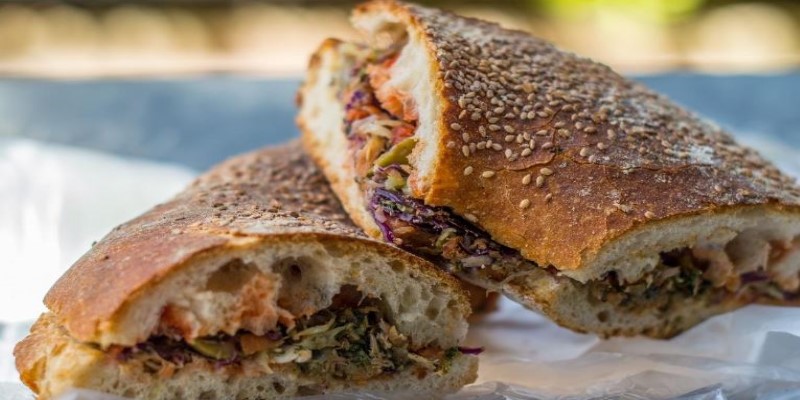
Dining out, however, can vary greatly depending on the type of restaurant. Casual eateries, bistros, and cafés offer meals for around €10 to €20 per dish. A sit-down meal at a mid-range restaurant, including an appetizer, main course, and dessert, will likely cost €30 to €50 per person. Upscale establishments serving gourmet cuisine, particularly those near the water, can charge over €100 for a full-course dinner with drinks.
Street food is a great way to experience Malta’s flavors affordably. Try the famous pastizzi, a flaky pastry filled with ricotta or peas, which costs around €1.50 each. Other options, like Maltese sausages or local cheese platters, offer flavorful experiences without straining your wallet.
Transportation Costs: Getting Around the Island
Transport in Malta is generally affordable and efficient, although it may require some patience, especially during peak times. The public bus network is the most budget-friendly option. A single journey costs €2 during summer and €1.50 during winter, and a weekly bus pass offers unlimited travel for about €21. This makes buses the go-to choice for visitors looking to explore the island affordably.
Renting a car is a popular option for those wanting more freedom. Rental prices start at €25 to €30 per day for compact vehicles, but you'll also need to factor in fuel costs, which hover around €1.50 per liter. Additionally, navigating Malta's narrow streets and finding parking in busy towns can be challenging.
Taxis and rideshare services, like Bolt, provide convenience but at a higher price. Short rides typically cost between €10 and €20, while longer trips can exceed €30. Walking and cycling are also practical in certain areas, particularly in pedestrian-friendly cities like Valletta and Mdina.
Ferries are another cost-effective and scenic option. A round-trip ferry ride between Valletta and Sliema costs around €2.80, while exploring the Gozo and Comino islands is relatively cheap, with fares ranging from €5 to €10.
Entertainment and Activities: A Range of Options
Malta’s entertainment offerings cater to diverse interests, from history buffs and beach lovers to party enthusiasts. Many historical attractions, like St. John’s Co-Cathedral or the Tarxien Temples, have entry fees ranging from €5 to €15. For budget-conscious travelers, exploring the island’s free landmarks, such as the Upper Barrakka Gardens or the charming streets of Mdina, is equally rewarding.
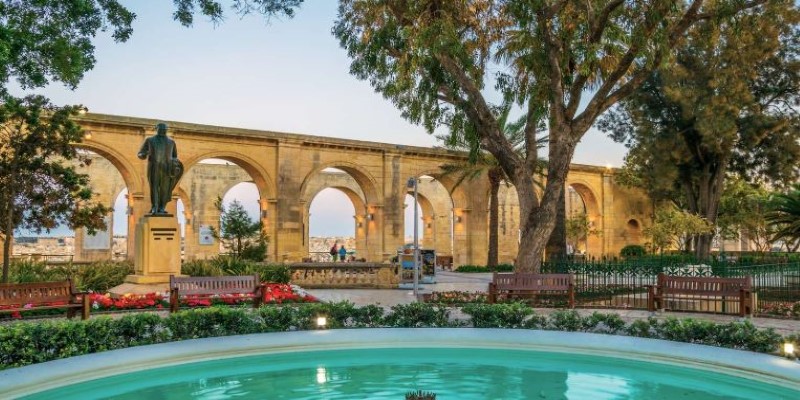
Beaches and the azure waters are some of Malta’s biggest draws, and accessing them is usually free. Whether you’re relaxing at Golden Bay, swimming in Mellieħa, or diving into the Blue Lagoon, the island’s natural beauty comes at little to no cost. For those keen on water sports, activities like paddleboarding, jet skiing, and diving are available. Prices range from €20 for a short paddleboarding session to €100 or more for advanced scuba diving packages.
Boat tours to Comino and the Blue Lagoon are popular and reasonably priced, costing €20 to €40 per person. These tours often include stops for swimming and snorkeling, offering excellent value for money.
Evening entertainment in Malta, especially in Paceville, caters to all budgets. Casual spots offer drinks for €3 to €5, while access to high-end venues can exceed €20. Live performances and cultural events are frequently budget-friendly or free, particularly during the island’s vibrant summer festivals.
Conclusion
Is Malta expensive? The answer varies depending on your spending habits and expectations. While some aspects, like accommodation and dining, can be pricey, Malta also offers plenty of affordable options, from local markets to budget-friendly public transport. By blending cost-saving strategies with occasional indulgences, travelers and residents alike can enjoy Malta’s stunning beaches, rich history, and vibrant culture without breaking the bank. Thoughtful planning makes it possible to experience the island’s beauty and charm on nearly any budget. Whether visiting for a week or staying long-term, Malta’s costs are manageable with the right approach, ensuring a memorable experience.


